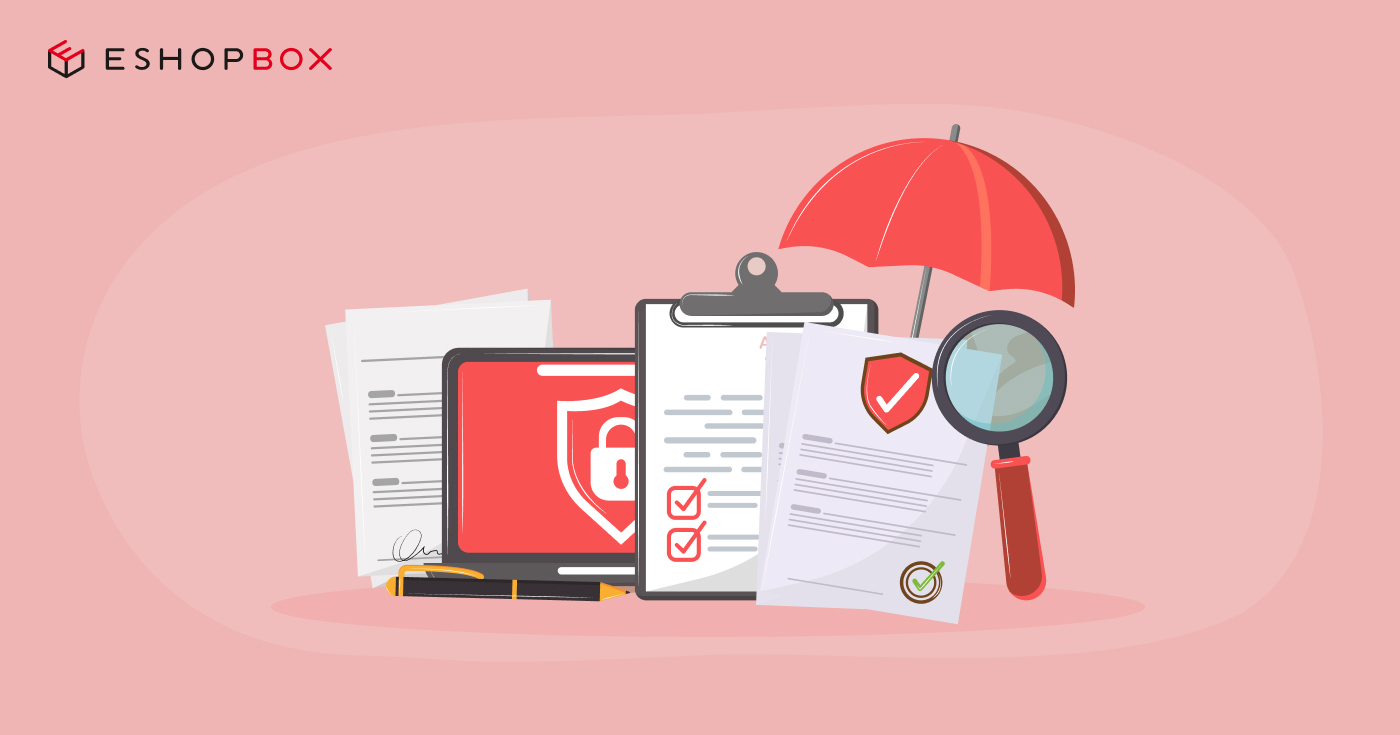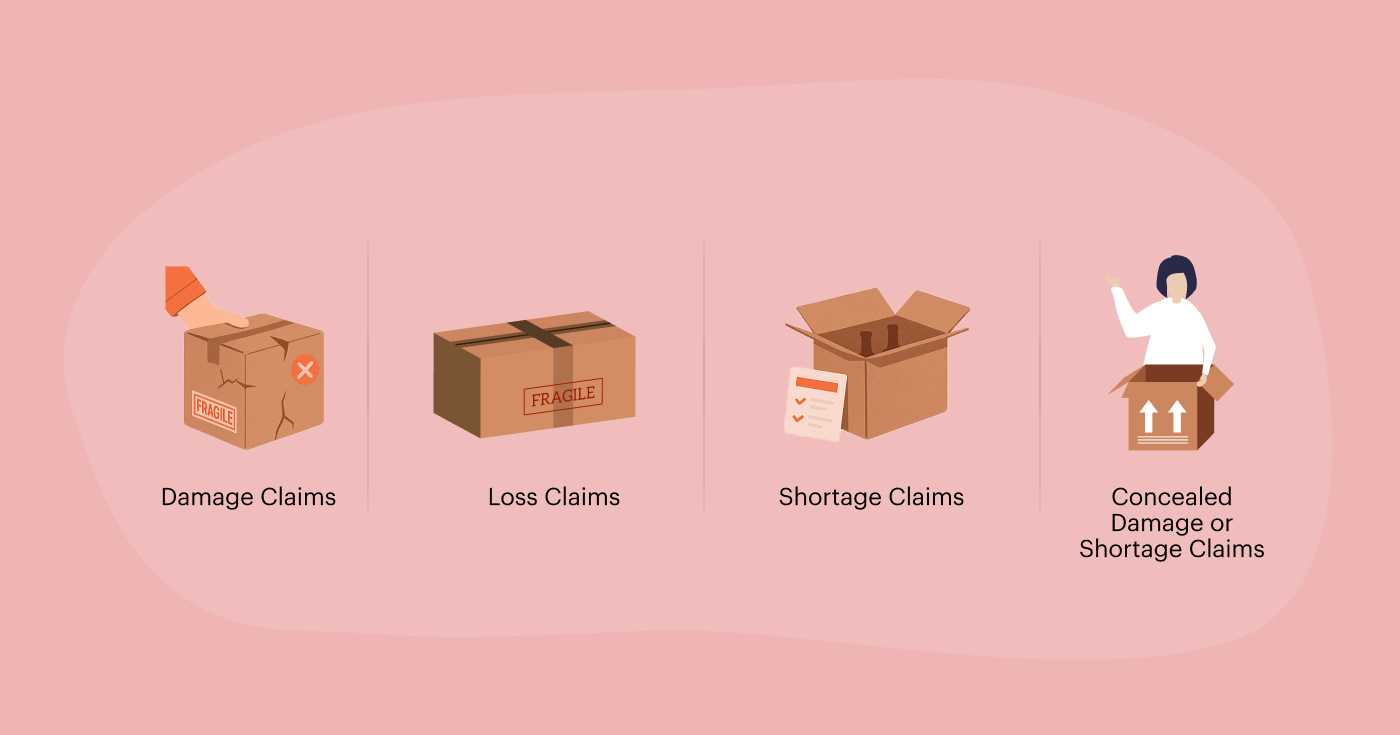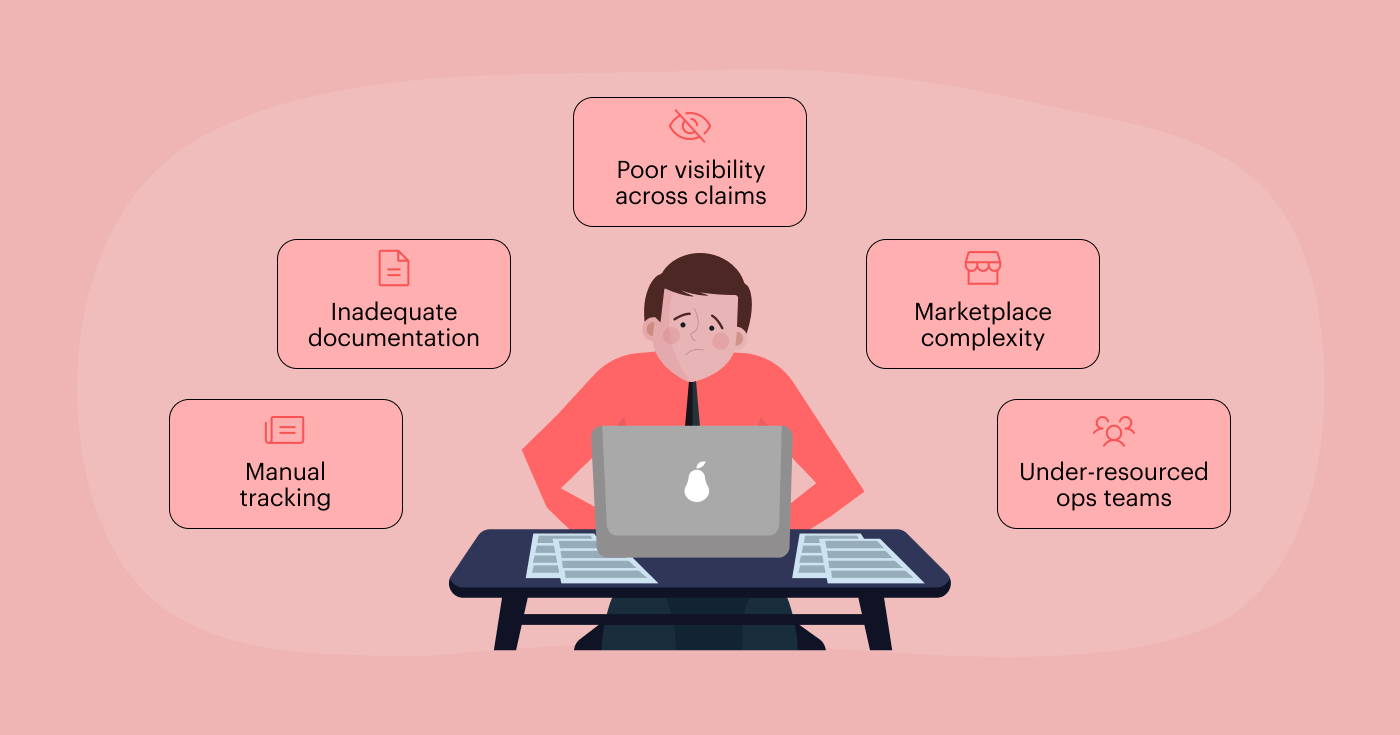
Get the latest from
Eshopbox

In the fast-paced world of ecommerce, issues like returns, damaged deliveries, lost shipments, and inventory mismatches are bound to happen. However, losing revenue because of these issues is entirely preventable.
Unfortunately, many ecommerce brands—even the most operationally mature—leave significant revenue on the table due to inefficient claim management system. Filing claims late, submitting insufficient documentation, or failing to track claim statuses leads to rejections, missed reimbursements, and operational chaos.
This is where a Claim Management System becomes essential, not just for compliance or convenience, but for bottom-line profitability. And if you're working with a capable third-party logistics (3PL) partner like Eshopbox, claim management doesn’t just get handled—it gets automated, tracked, and optimized for results through effective claims management services.
What is a claim management system?
A Claim Management System also known as denial management system is a centralized, automated solution that enables ecommerce brands to raise claims related to return losses like, damaged goods, missing SKUs, incorrect items, or undelivered shipments and ensure they’re reimbursed quickly and accurately.
It functions across four critical touchpoints:
- Identifying return exceptions: Detecting discrepancies in returned items such as physical damage, quantity mismatch, or SKU swap.
- Capturing documentation: Collecting high-quality, timestamped image/video proof linked to order IDs.
- Filing claims: Creating and submitting claims to marketplaces or courier partners in the required format and within the deadline.
- Tracking resolution: Monitoring claim status, staying ahead of SLAs, and syncing reimbursements back to your payout systems.
Without such a system, brands often rely on disjointed spreadsheets, emails, and manual processes, leaving room for delays, rejections, and revenue leakage. This can severely hamper denial management efforts and result in growing financial losses.
What are the common types of claims in ecommerce fulfilment?

Most claims fall under a few operational scenarios:
- Damage Claims: Raised when a product is received in a damaged condition. To qualify, there must be visible physical damage caused by poor handling, insufficient packaging, or environmental impact during transit.
- Loss Claims: Applicable when an order is marked as delivered but never reaches the customer, or when a return shipment goes missing without proof of delivery. These claims require tracking data and delivery confirmation discrepancies.
- Shortage Claims: Filed when the quantity of items delivered or returned is less than what was billed or expected. This typically requires order-level reconciliation and evidence of item count mismatch.
- Concealed Damage or Shortage Claims: Valid when damage or missing items are discovered after the shipment has been accepted in full. These are often identified post-delivery and may require proof like unboxing videos or internal inspection reports.
Each of these scenarios, if left unclaimed or mismanaged, results in lost inventory value, increased customer dissatisfaction, and direct revenue loss.
Why brands lose revenue without a claim management system?
Ecommerce returns, damaged shipments, and delivery discrepancies aren’t just operational hassles—they’re revenue leaks. Most brands are set up to ship fast and fulfill well, but they lack the backend muscle to recover revenue from issues post-delivery. Here's where it all falls apart:

1. Manual tracking of exceptions and SLAs
Marketplaces set strict timelines—sometimes as short as 24 to 48 hours—to raise a claim after a return is received or a discrepancy is noted. Without automated SLA tracking and alerts, operations teams often miss these windows. At scale, even a 5% miss rate can translate to lakhs in lost revenue monthly, affecting your denial management efficiency.
2. Inadequate documentation
You can't win a claim without solid proof. Most marketplaces require timestamped photos or videos linked to the exact order. If your team isn’t capturing and tagging this data during QC or if it’s scattered across emails, drives, and sheets, you’re giving marketplaces a reason to deny your claims.
3. Poor visibility across claims
Brands often manage claims on spreadsheets or across emails with no central visibility. You don’t know which claims are pending, approved, disputed, or rejected, making it impossible to prioritize follow-ups or catch inconsistencies. This challenge becomes even bigger when you’re dealing with multiple marketplaces or shipping service providers, as the visibility gap only widens.
4. Marketplace complexity
Every platform has its own playbook, different documentation formats, reasons for claim rejection, rules on product categories, and escalation protocols. Trying to apply one process to all marketplaces doesn’t work. Non-compliance, misfiled forms, or wrong formats often lead to automatic denials, making robust claims management services a necessity.
5. Under-resourced ops teams
In ecommerce, speed is everything—but that focus often leaves little room for meticulous claim follow-ups. When claims are handled manually across multiple platforms, it quickly eats up time and resources. For many brands, this means claim management gets sidelined or dropped entirely, resulting in a mounting backlog of unresolved cases and a weaker approach to handling denials.
How Eshopbox automates claim management and why it matters?
Claim management is usually treated as a post-sales formality. But with Eshopbox, it’s a built-in, automated part of the fulfilment process that helps brands recover lost revenue.

Here’s how Eshopbox turns a manual task into a reliable, scalable workflow — and the real impact it creates.
1. Seamless claim filing
As soon as a returned item arrives at an Eshopbox fulfilment centre, it is scanned, inspected, and pushed through a multi-stage QC process. If an exception is detected be it damaged, missing or wrong SKU, our system instantly logs the discrepancy and prepares the case for claim filing.
How it works:
- Each exception is tagged with a reason code
- Associated evidence (images/videos) is automatically linked
- Claim-ready data is generated without any ops intervention
Business impact:
- No returns slip through the cracks
- Ops teams don’t have to chase QC or courier partners
- Every return is documented, auditable, and claimable within SLA windows
2. Auto-detect return issues
Eshopbox uses built-in intelligence to auto-identify claim-worthy exceptions based on predefined triggers like undelivered returns, quantity mismatch, weight discrepancy or packaging damage.
How it works:
- Rule engines detect return discrepancies from QC logs
- Systems match received items against order manifests
- Discrepancies auto-classified into claim types (weight, damage, shortage, loss)
Business impact:
- Eliminates human error or subjectivity in identifying claims
- Improves consistency and approval rates across platforms
- Helps brands recover revenue that usually goes unnoticed through smarter claims management services
3. Quality-checked claim proof
In most cases, claims are denied not because they're invalid—but because the evidence isn’t formatted correctly or isn’t traceable. Eshopbox builds proof at the point of return.
How it works:
- High-quality images/videos captured during QC
- Files timestamped and auto-tagged to Order ID
- Evidence archived and structured by claim type
Business impact:
- Reduces claim rejections due to “insufficient documentation”
- Ensures brands meet marketplace or shipping service-specific proof requirements
- Enables faster processing and fewer disputes
4. Real-time claim tracking
Once a claim is filed, staying on top of its lifecycle is critical. Eshopbox’s platform gives teams end-to-end visibility with proactive alerts and centralized status updates.
How it works:
- Dashboards show every claim’s stage: filed, under review, approved, rejected
- SLA timers ensure no follow-up is missed
- Teams get automated alerts for pending disputes or escalations
Business impact:
- Finance teams stay informed without relying on ops for updates
- Ops teams can proactively nudge pending claims within time limits
- No claim gets lost in the system, ensuring higher reimbursement recovery and improved denial management
5. Sync reimbursements automatically
Many brands struggle with the final (and most critical) step — tracking which claims were approved and reconciling them against payouts. Eshopbox closes that loop with automated syncing and wallet-based settlements.
How it works:
- Marketplace-approved reimbursements are automatically synced with Eshopbox’s payout dashboard
- Recovered amounts are credited directly to your Eshopbox wallet
- Each claim is linked to the exact amount recovered
- Any mismatch between expected and received payouts is automatically flagged
Business impact:
- Finance teams get clean, reconciled books
- Revenue recovery is visible, measurable, and easy to report
- Disputes are resolved faster — and recovered funds are readily available in your wallet for future use
6. Built for all marketplaces
Eshopbox is building out integrations with India’s largest marketplaces—Amazon, Flipkart, Myntra, Ajio, TataCliq, and more. These integrations standardize the claim process across all channels.
How it works:
- Pre-built connectors structure claim data to each platform’s requirement
- Evidence and filing formats are adjusted dynamically
- Systems pull status updates and reimbursement data via APIs
Business impact:
- One workflow, many platforms—without extra manual effort
- Consistent claims experience across sales channels
- Scale your business without multiplying ops complexity—even as your shipping service footprint grows
Final thoughts
Returns, damages, and delivery failures will always be part of ecommerce. But losing money because of them? That’s optional.
A robust Claim Management System—especially one delivered by a capable 3PL like Eshopbox—can turn operational headaches into revenue recovery opportunities. It saves time, improves accuracy, and ensures you get paid what you’re owed through streamlined claims management services and airtight denial management practices.
For both emerging D2C brands and established enterprises, this isn't merely optional—it's essential to your bottom line.
Connect with our fulfilment expert today.
Talk to salesRelated Articles
How can shipping analytics help you predict demand and prevent stockouts?
Top 10 WareIQ alternatives redefining fulfillment and shipping for D2C brands in 2025
Fast-moving goods need faster shipping: How FMCG brands can meet consumer expectations













